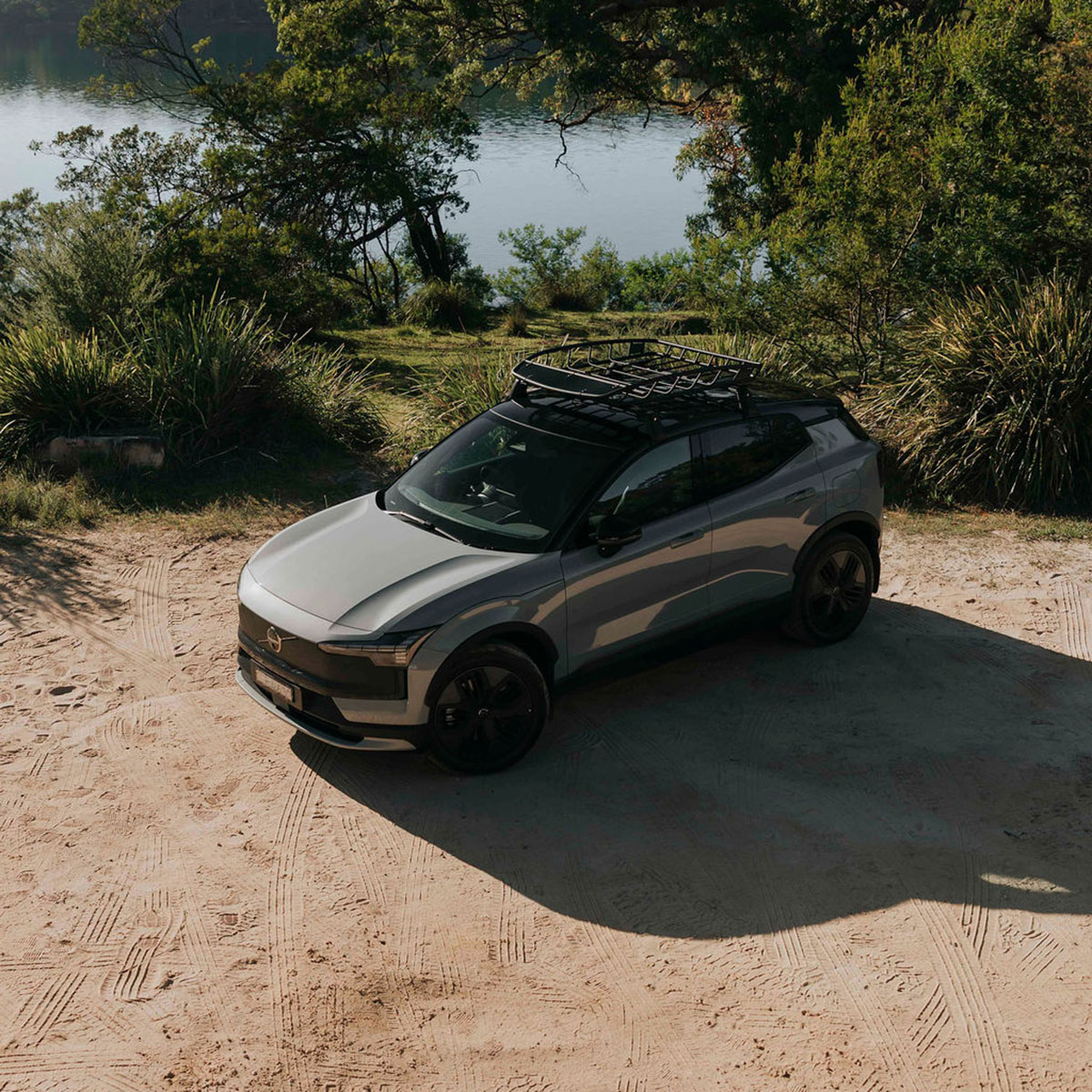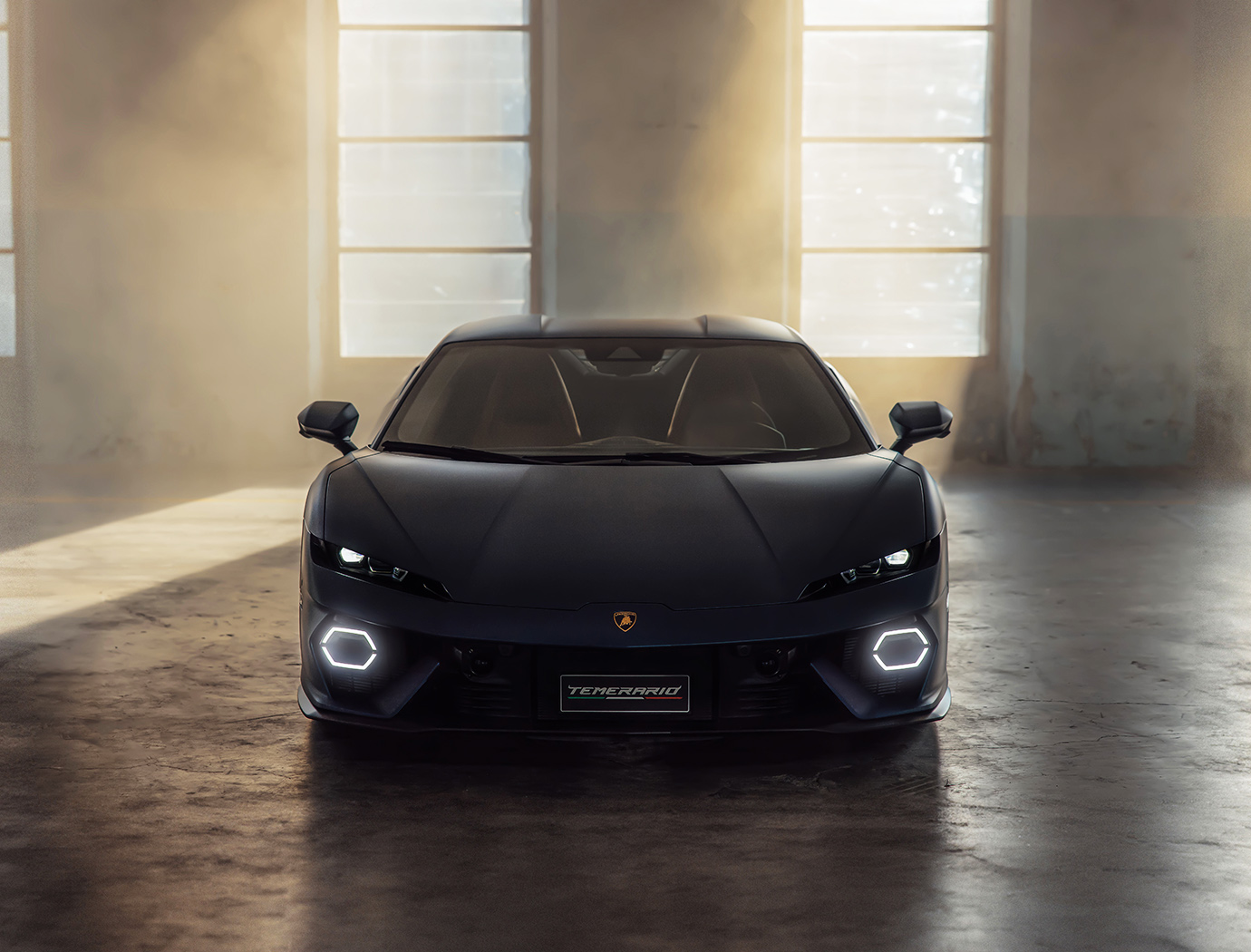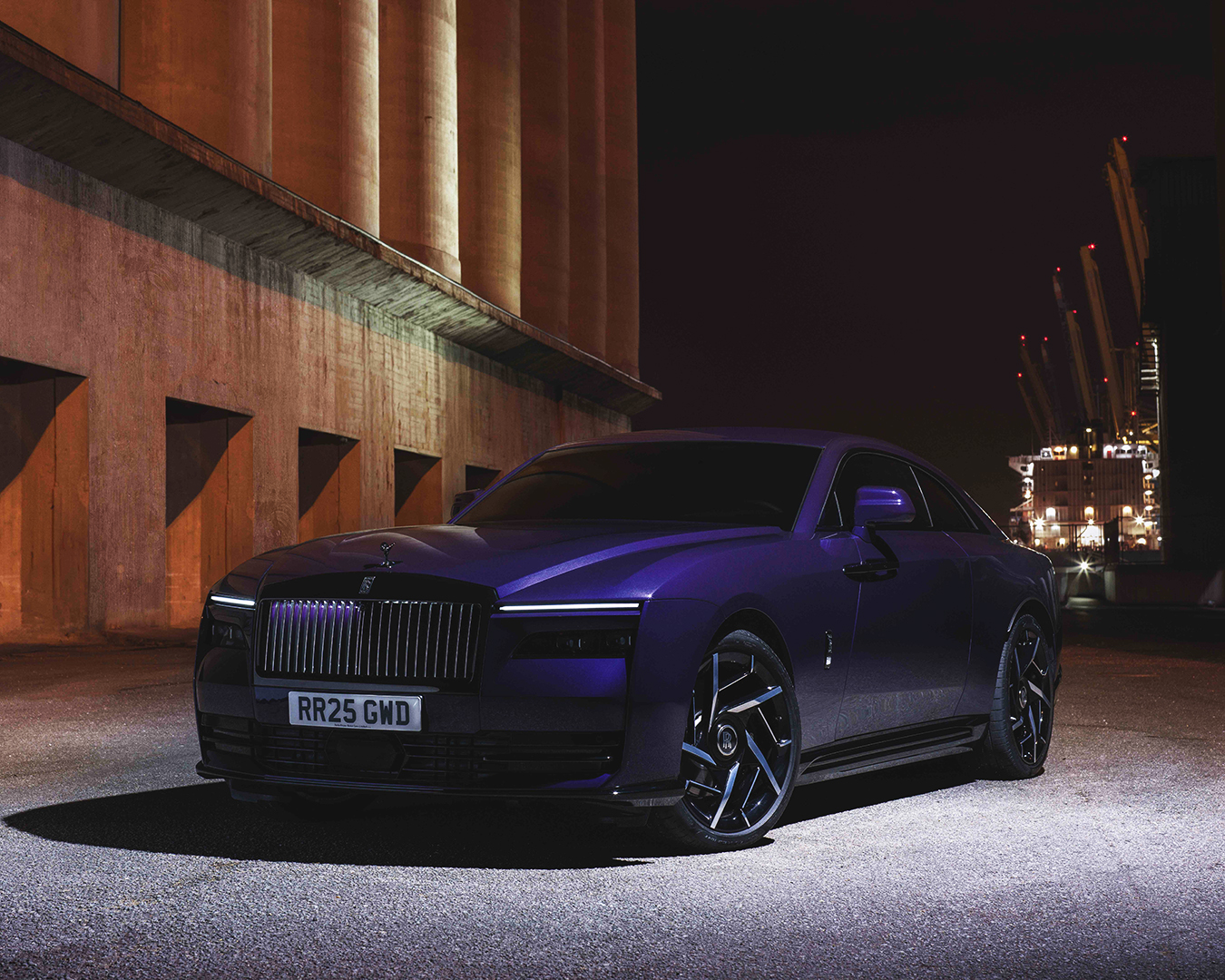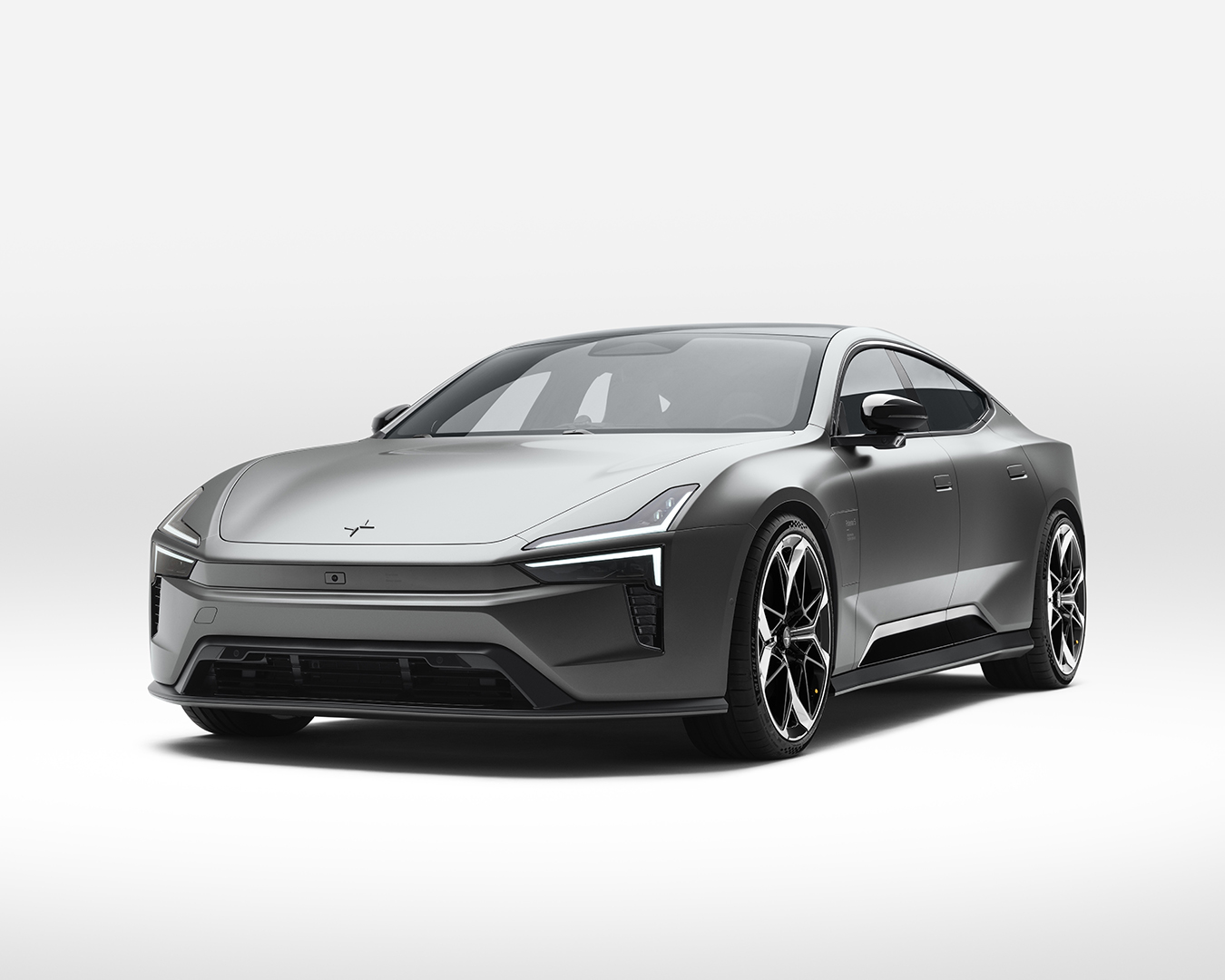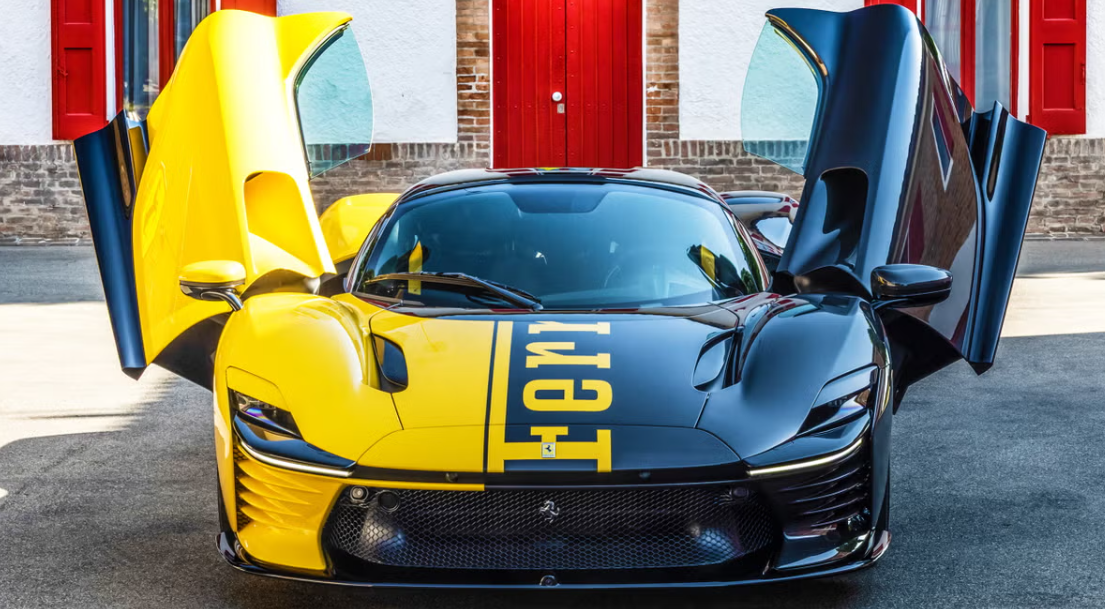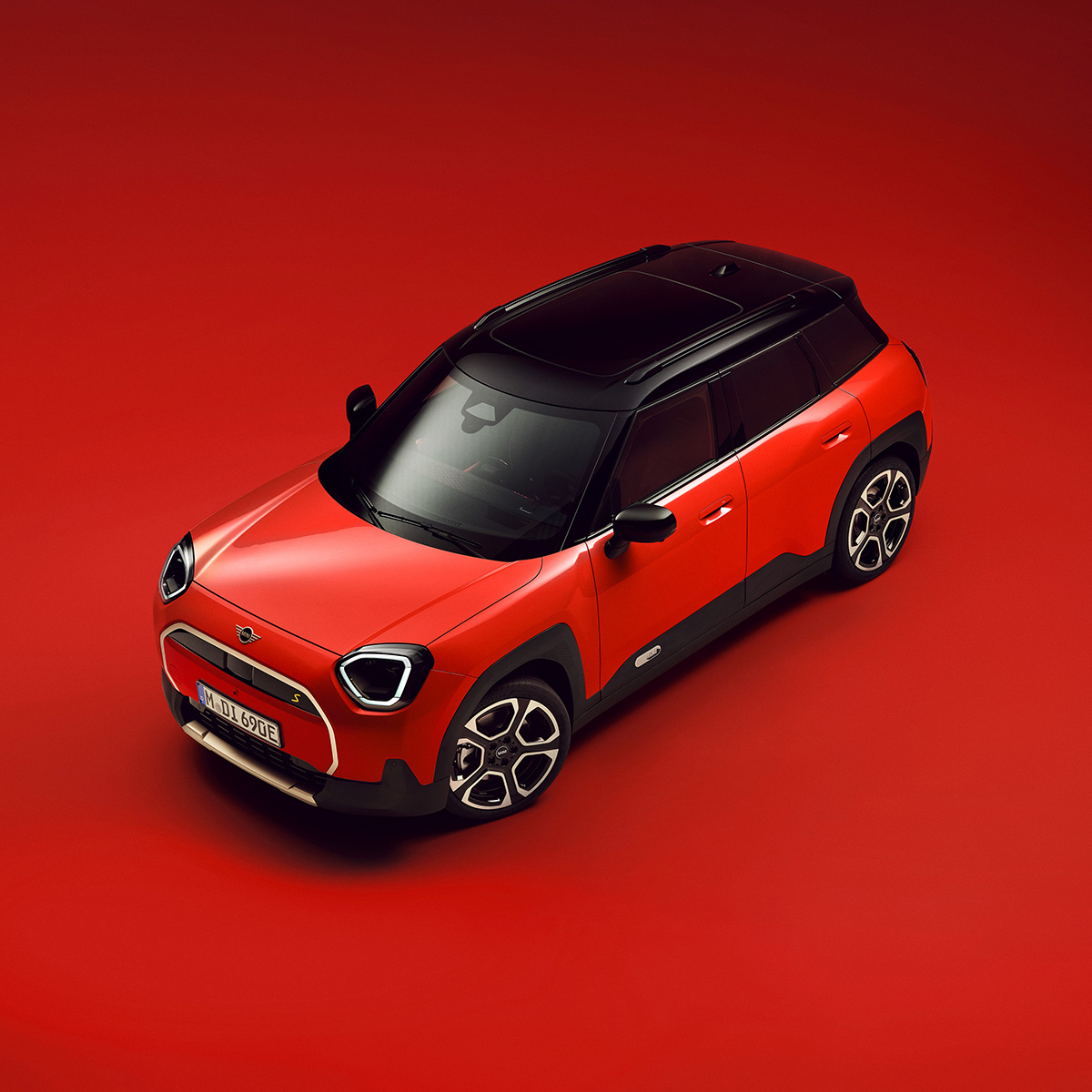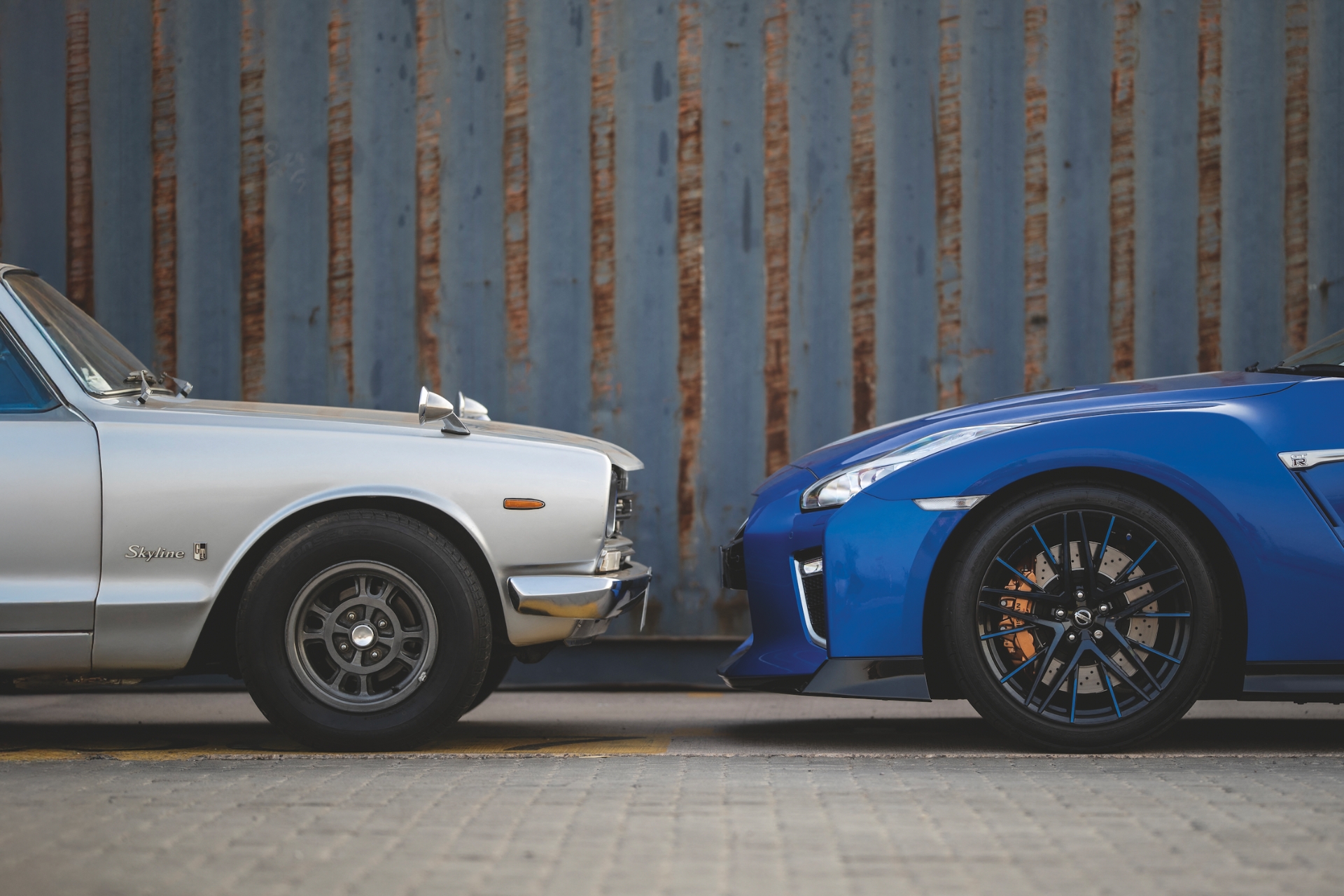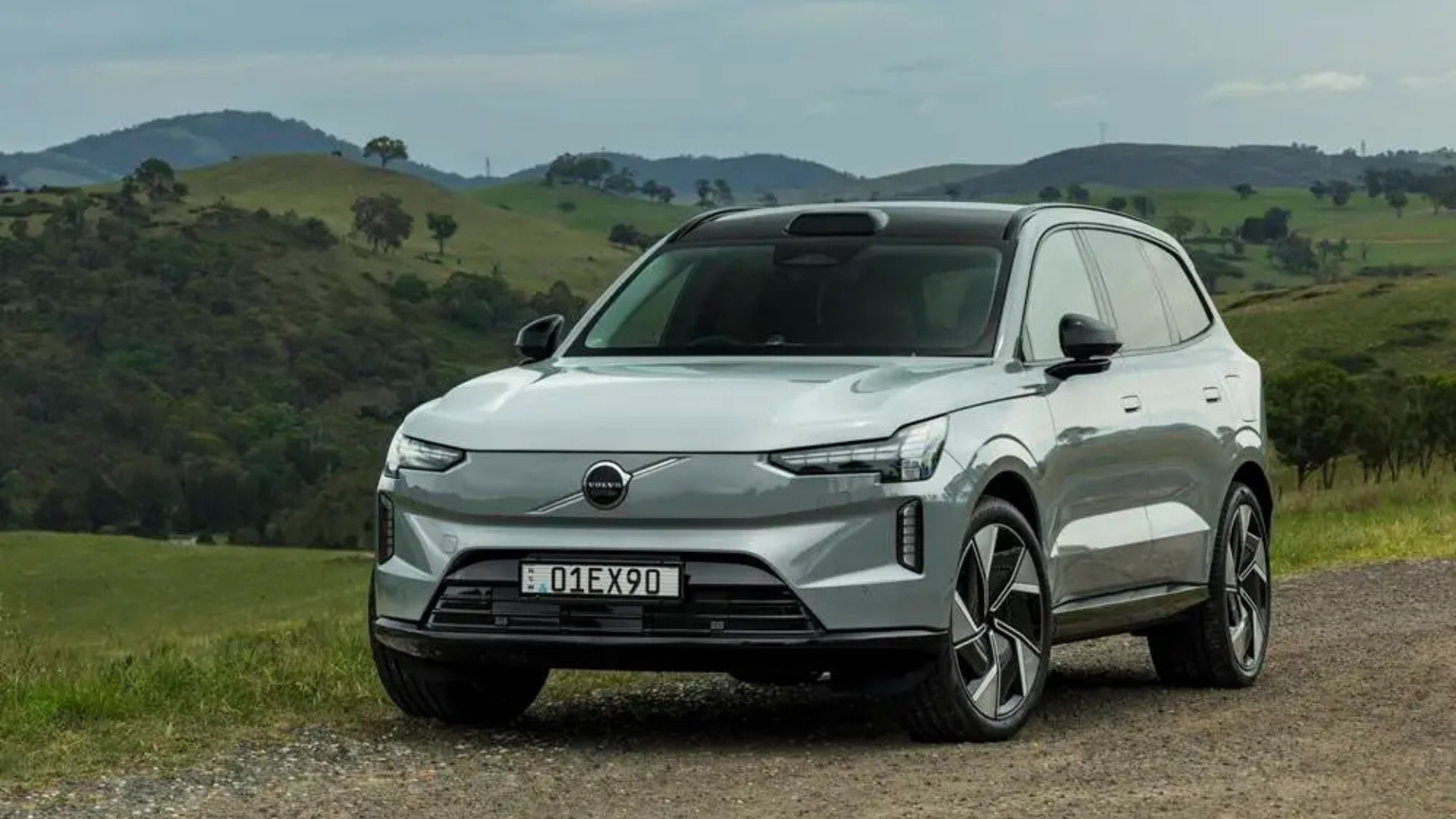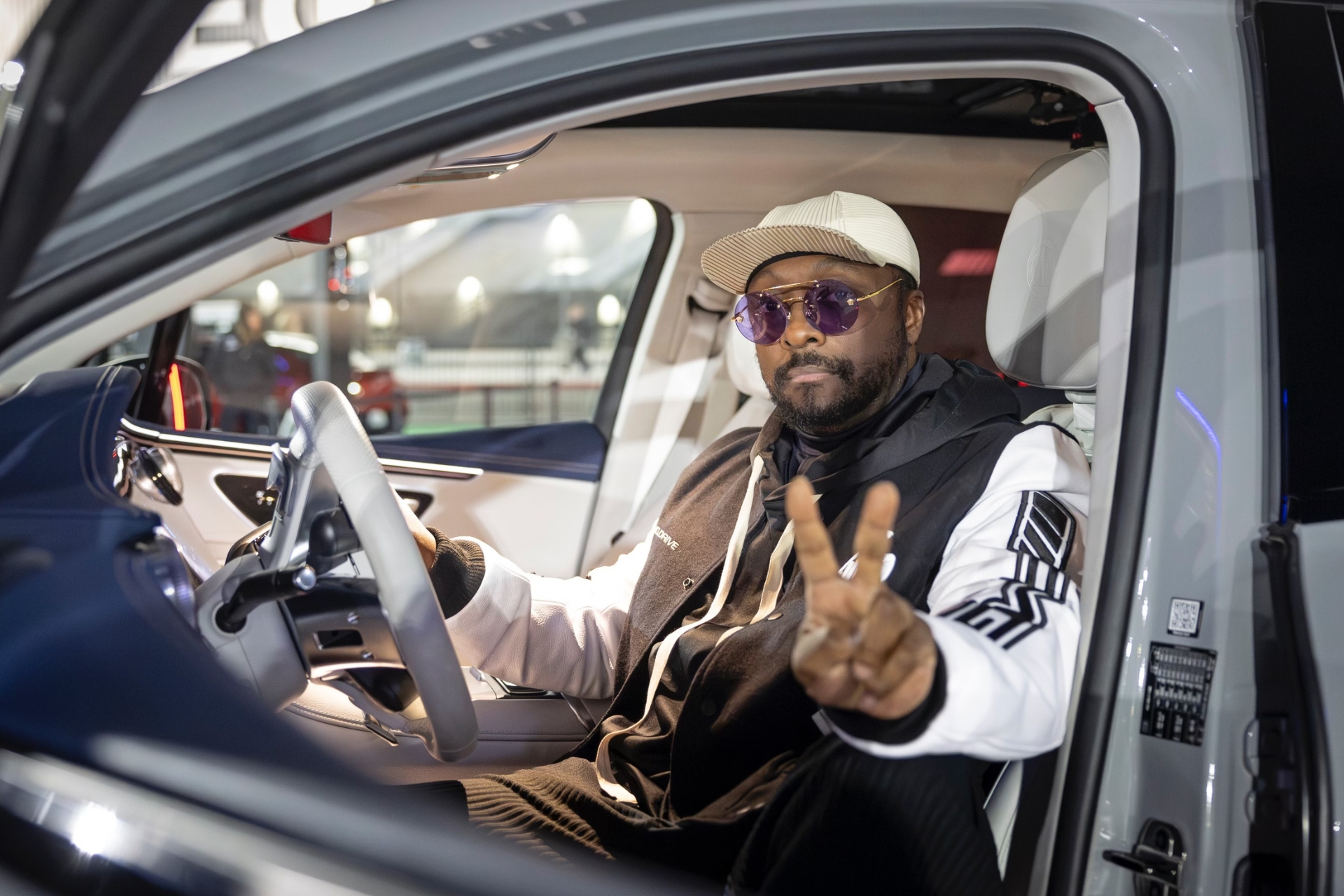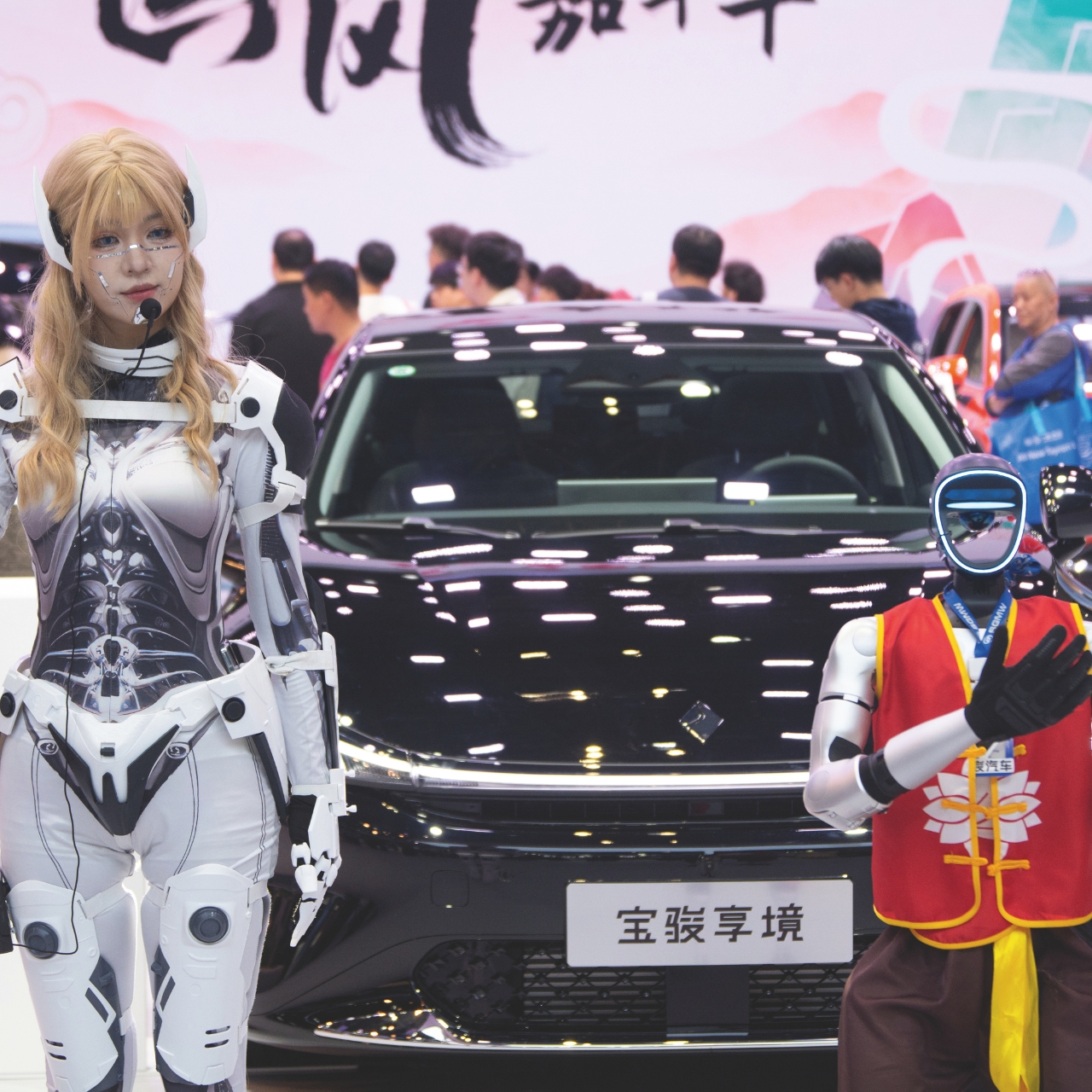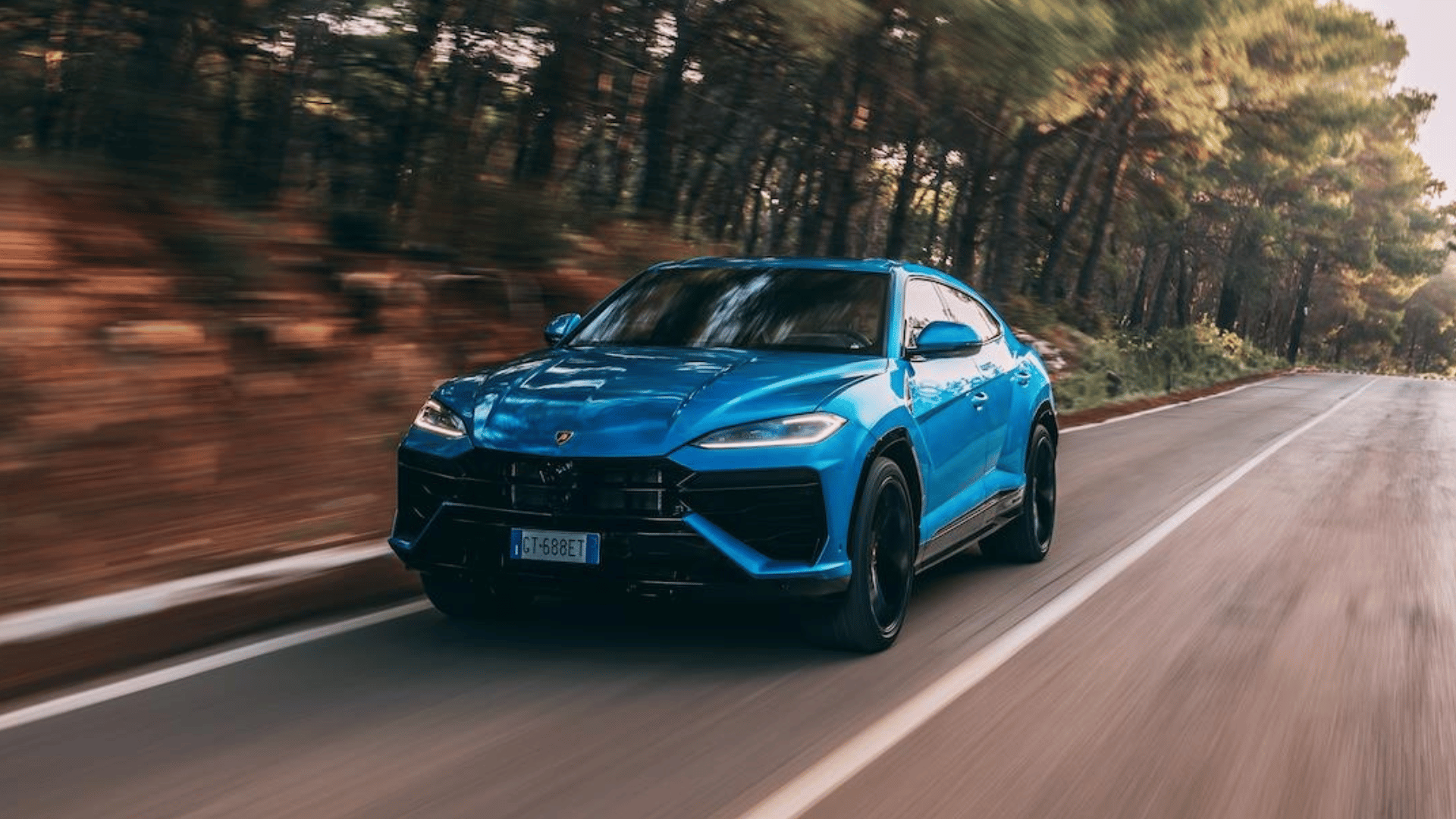Jaguar is entering a new all-electric era
Last year, Jaguar’s viral rebrand had critics asking, “What were they thinking?!” We joined the British carmaker’s Miami launch to find out what’s under the hood of its new all-electric era, and where it intends to go from here
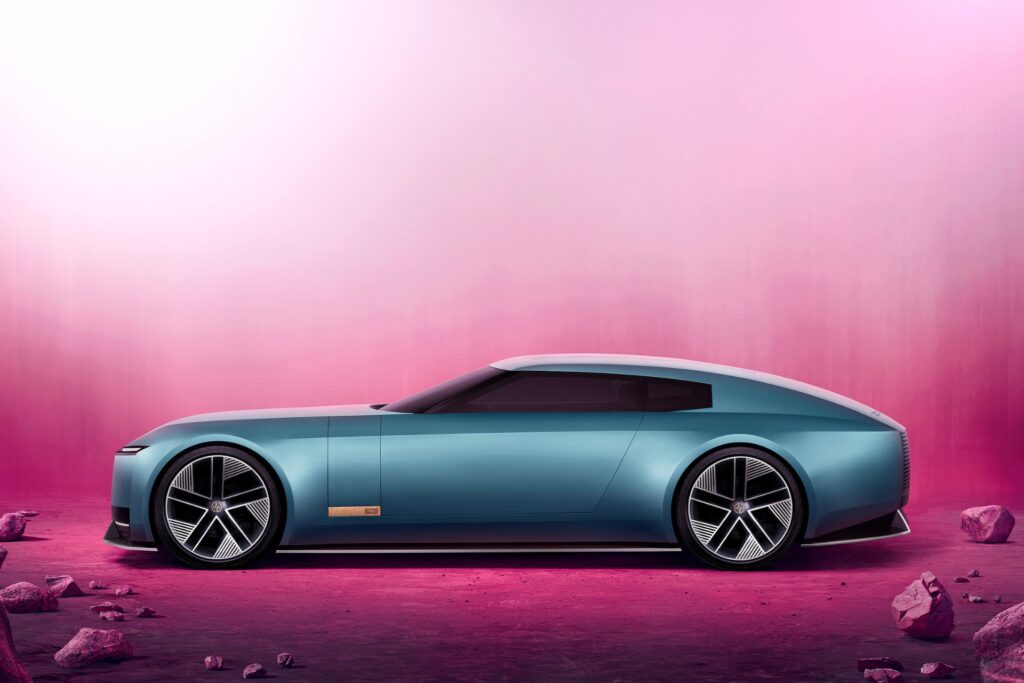
IT WAS THE launch that shattered the internet: Jaguar 2.0. Mocked by Elon Musk and his Teslarati, analysed endlessly by thought leader-tagged LinkedIn profiles and the subject of group-chat commentary that reverberated around the world for weeks. And not all the feedback was positive. Jaguar’s response? “We’re delighted to have your attention.”
The British marque is entering its all-electric, low-volume, new luxury era with an attitude that’s unbothered, intentionally disruptive and confident. The above retort came from Jaguar Land Rover (JLR) chief creative officer Gerry McGovern at the reveal of the Jaguar Type 00 design concept at Miami Art Week last December. But it may as well have been an affirmation to accompany Jaguar’s audacious ambition to appeal to a new generation, striking through mediocrity and upholding the creative philosophy set by its founder, Sir William Lyons: “A Jaguar should be a copy of nothing”.
“We weren’t expecting that sort of backlash [to] the teaser,” McGovern says, referring to the viral video, which, instead of a car, featured a cast of eight creatives and saw the brand accused of many things, including succumbing to the so-called ‘woke mind virus’.
“Everybody got the blame for it, but I was the one who chose the characters. I wasn’t trying to start this whole ‘woke’ thing. We needed unique characters that didn’t look like everybody else; individuals that didn’t care how they were perceived, that were a copy of nothing. The last thing I was thinking about was whether they were androgynous or asexual or whatever.”
Like it or hate it, the teaser certainly made an impression – more than 300 million views in a matter of days, to be exact. It also led to hateful comments, including death threats directed at Jaguar staff. But this isn’t Jaguar’s parent company JLR’s first ride in a keyboard-warrior rodeo. The 2019 Defender was met with old-school purist pushback upon its launch. So, too, Jaguar’s original icon of youth, the E-Type (1961- 74), a car that sits in MoMA’s design collection and one that Enzo Ferrari once described as the “most beautiful car ever made”. Today, both are considered design icons that reflect the energy, desire and stylings of their times and as McGovern, who namechecks David Bowie, Vivienne Westwood and architect Richard Rogers as his creative heroes, confidently affirms, “Controversy has always surrounded British creativity at its best”.
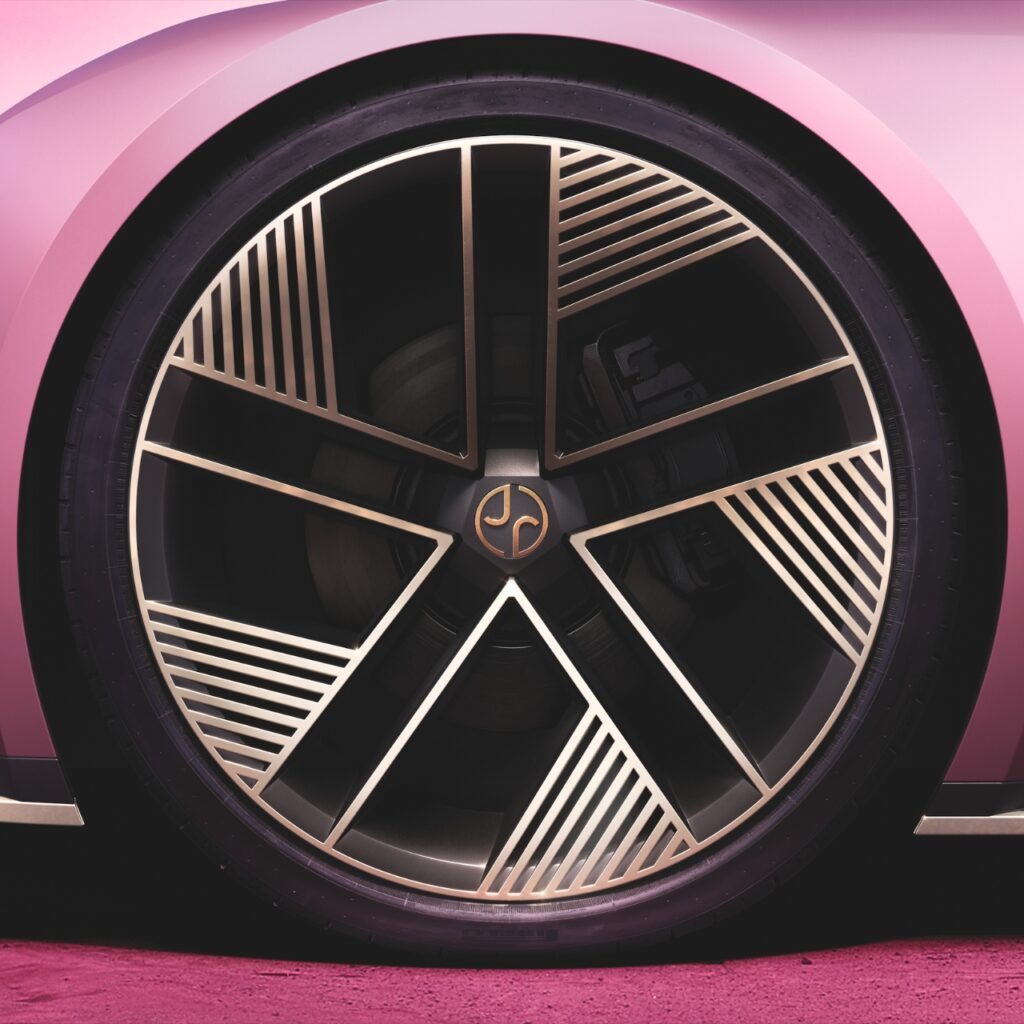
The Jaguar Type 00 design concept is the physical manifestation of the marque’s future design DNA and sets the tone for Jaguar’s electric cars of the future, starting with three new models that will roll out in the coming years. Type 00 and its sister vehicles – the first of which is a four-door GT – won’t appeal to everyone, but that’s the point. Says McGovern: “This desire to want to be loved by everybody will kill you because you just end up with mediocrity. It needs to be disruptive, or it doesn’t have a future.”
In the metal, the butterfly-doored coupe is a dramatic symbol that refreshingly pushes against the norms of electric-vehicle design as we currently know it. The new Jaguar follows the similarly modernist principles seen on its distant cousins, Range Rover and Defender, but with an added dash of drama or modern exuberance that subtly injects emotion, counterbalanced with simplicity. After all, Jaguar is famous for its emotionally charged sports cars, sleek and feline saloons and athletically sculpted SUVs. Note the use of bold colours, graphic and linear light signatures, the dramatic roofline and long bonnet, as compelling evidence.
Inspired by contemporary architecture, the Type 00’s futuristic interior is minimal, with interesting materials and an abundance of light and space doing the heavy lifting. Framed by three brass bars along the doors and centre spine, there are two retractable screens set under the windshield and a centre console that’s carved from travertine stone. Details about the unnamed electric GT (arriving next year) are scant, but McGovern says he’s not in the business of revealing concepts if they can’t become realities, so we can expect the high-performance hero car to mirror the styling, drama and presence we see here – within on-road reason, of course.
One of the fairer public critiques of Jaguar’s viral relaunch revolved around an assumed erasure of heritage. In fashion, we are used to maisons reinterpreting and redefining house codes as fast as the
creative director doors revolve. Yet in automotive, where so many historic nameplates are hinged on legacy, there’s an expectation that new eras will be defined by the old; hence the leaping cat key fob clutching.
According to Jaguar managing director Rawdon Glover, deviating from the marque’s past and its connection to its community is an understandable, but false, accusation. “I have always felt really strongly that one of the things that differentiates all true luxury brands is their sense of provenance and heritage, whether that’s a sense of place, iconic people associated with [the brand] or iconic projects,” he says. “One of my seminal experiences was when I went to Gucci Cosmos in Shanghai [in 2023]. It was effectively a retrospective and a celebration of Gucci’s history. It was done in such a thoroughly modern way. It reminded me that treasuring heritage is the only thing that differentiates you from the competition.”
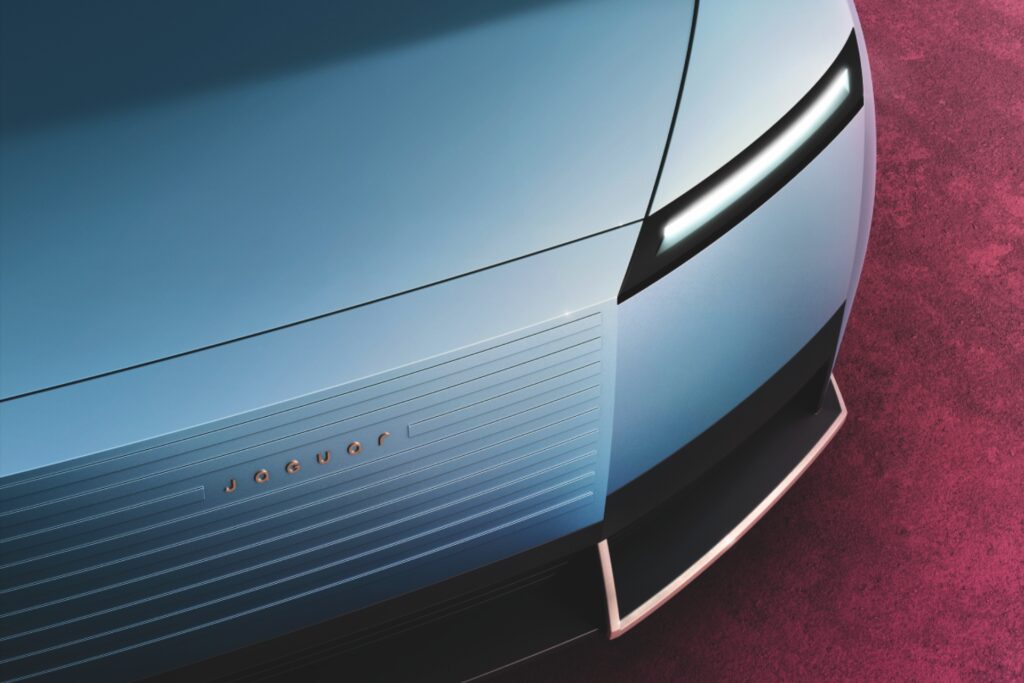
Right now, we’re witnessing a wave of compelling, mass-market vehicles emerging from China, and soon the high-end players will follow. In this sense, luxury is being defined by technology, which leaves culture, storytelling and all the romantic levers that build aspiration and multigenerational affinity to a nameplate on the table. “The challenge for Jaguar over the last 25 years is that it has hung on to some of its traditions, probably too [firmly],” says Glover. “It’s almost been bound by them, so it’s about getting that balance [so we are] respectful, mindful and nurturing it, but in a completely forward-thinking way.”
Right now, heritage is showing up in the use of the historic ‘Type’ nameplate, the concept’s London Blue hue, which references one of the most famous E-Type paint colours, and the energetic, youth-centric approach to design. Jaguar’s storied past in performance and motorsport-derived development is still alive and well in Formula E. The Jaguar TCS Racing team is currently defending its 2023-24 Teams World Championship and will be racing in the electric open-wheel series for at least the next three seasons.
While all that hasn’t been quite enough to satisfy the critics, Glover reminds them it’s only early days. “When we launched here in Miami, we wanted it to be 95 per cent forward-looking,” he says. “As we move forward, you’ll see us weave narratives and demonstrate how what we’re doing has plenty in common with where we’ve been.”
Key to this will be new flagship spaces arriving in luxury shopping neighbourhoods around the world, starting in London and Paris. In a similar vein to the way fashion houses use flagship boutiques to tell stories and world-build, Jaguar plans to use its bricks-and-mortar destinations to introduce itself to a new audience; this will include reinterpreting its symbols, celebrating its history and hosting artist collaborations and exhibitions.
“This will all be part of the narrative to make sure that people can join the dots and see that we haven’t left our heritage behind,” says Glover. “We haven’t abandoned it, but we’ve got to look forward. Because to make sure there’s another 90 years of Jaguar history, the context has to be relevant, desirable and reach new audiences.”
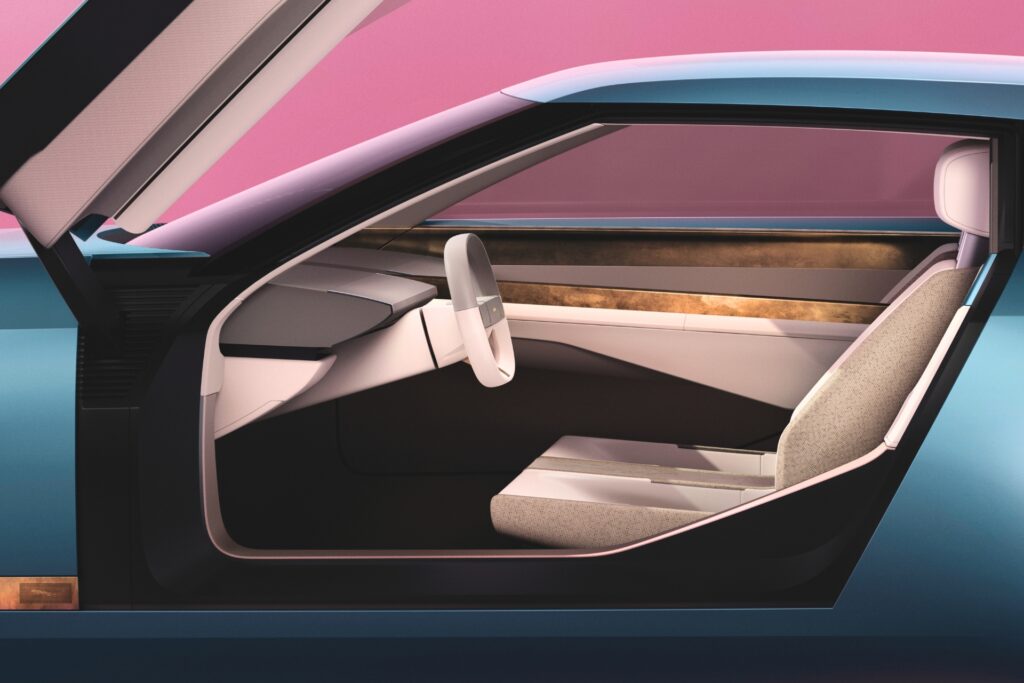
Contemporary art will play a starring role in Jaguar’s future, as hinted by its presence at Miami Art Week. Across two locations, the marque held immersive exhibitions featuring collaborative works by New School Collective artists Ibby Njoya, Campbell Addy, Yagamoto and Patience Harding, and fashion designer Aaron Esh. This was the result of a year-long creative cultural exchange between the British artists and Jaguar’s Gaydon-based HQ.
The Jaguar design team says the artists injected a fresh energy into their processes, and, in return, the team shared its knowledge, experience and thinking with the artists. “There’s been loads of creative cultural interplay between our design teams and these artists,” confirms JLR design director Richard Stevens.“When you start to see our boutiques, our spatial experiences and every manifestation beyond the car, it will be born out of that cultural connection with people who are moving and shaking in the art world.”
To many long-time fans, this all might feel like a departure from the old ways, but there’s a strong argument for boldness and disruption, for times have changed and Jaguar is not alone in trying to capture the attention of a new generation. Every automotive brand is seeking fresh ways to redefine relevance through engaging with culture, be that gaming, music, wellness, architecture or sport. Jaguar is speaking the same language it always has, albeit in a dialect that art, fashion and their satellite categories are fluent in. It just means that, going forward, instead of taking place at a car-meet or in a dealership, these conversations will happen in digital spaces, at art shows or next door to a Louis Vuitton store.
This story originally appeared in the March/April 2025 issue of Esquire Australia with the title “The Shock of the New”, on sale now. Find out where to buy the issue here.
Related:












